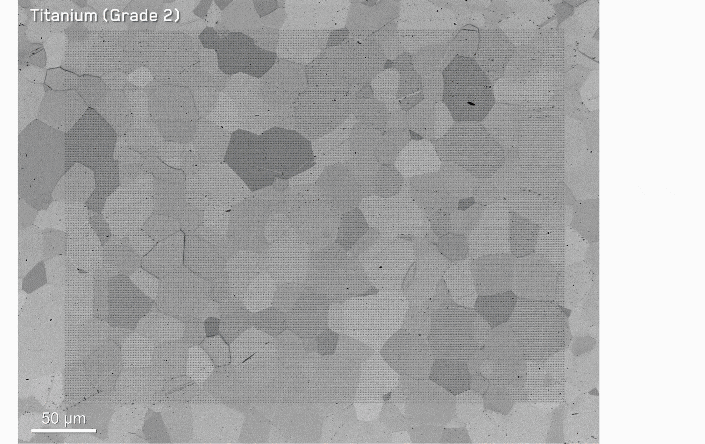This application note evaluates the mechanical properties of titanium using displacement-controlled nanoindentation, including its elastic modulus and hardness. It correlates these physical characteristics with the crystallographic orientation determined from EBSD data.

Image Credit: Oxford Instruments America
By comparing predictions to experimentally acquired property distributions, the study was able to evaluate and modify theoretical models of elastic anisotropy.

Image Credit: Oxford Instruments America
Correlating nanoindentation data with EBSD maps revealed how crystallographic orientation affects elastic and plastic behavior, capturing Titanium's unique "metal fingerprint."
By downloading this application note, you will learn:
- How to use nanoindentation and EBSD techniques to identify the "metal fingerprint" of anisotropic metals.
- How to evaluate elastic and plastic anisotropy in HCP metals like Titanium, including how property distributions change with crystallographic declination angles.
- EBSD and displacement-controlled nanoindentation mapping are effective methods for studying orientation-property connections with great sensitivity and precision.

This information has been sourced, reviewed, and adapted from materials provided by Oxford Instruments America.
For more information on this source, please visit Oxford Instruments America.